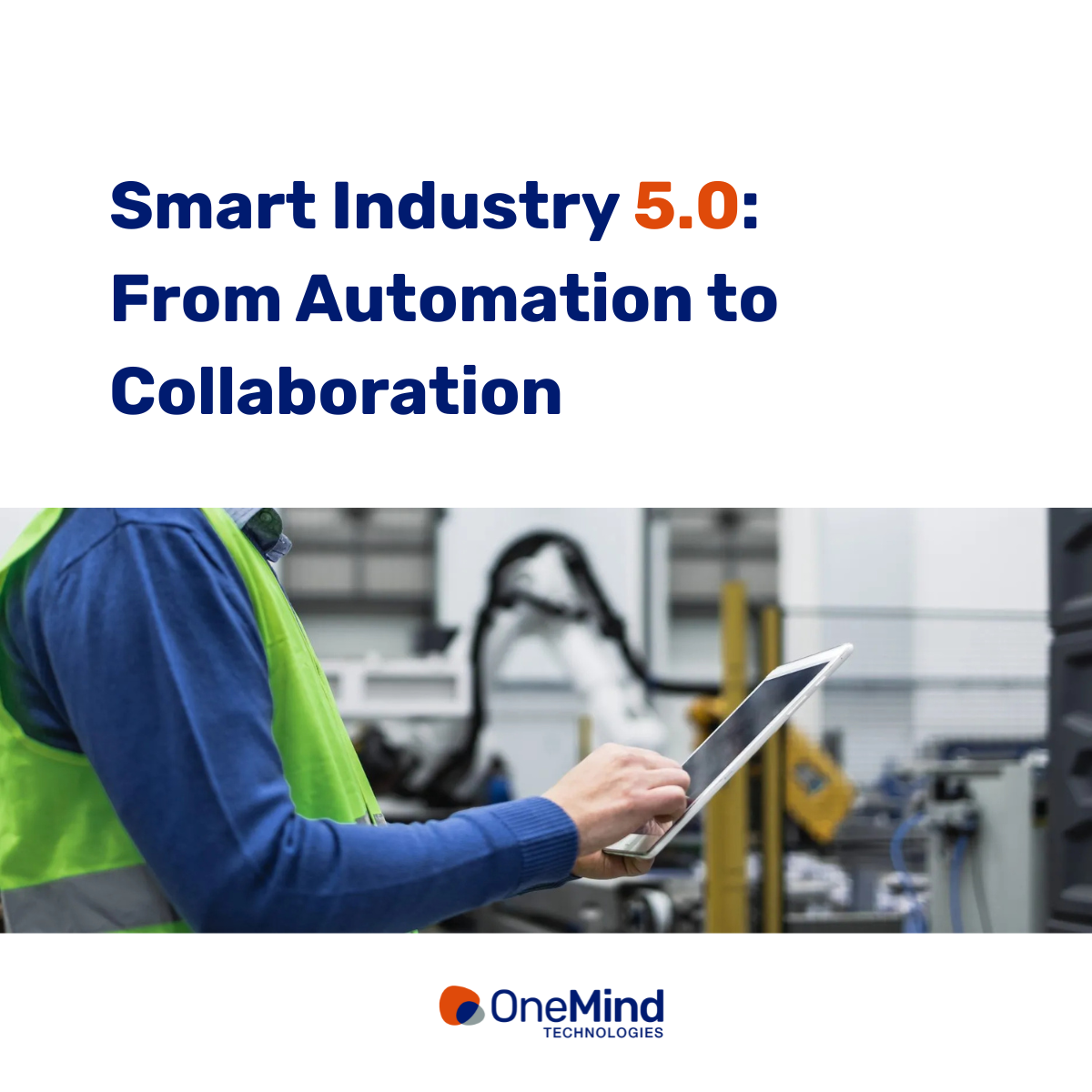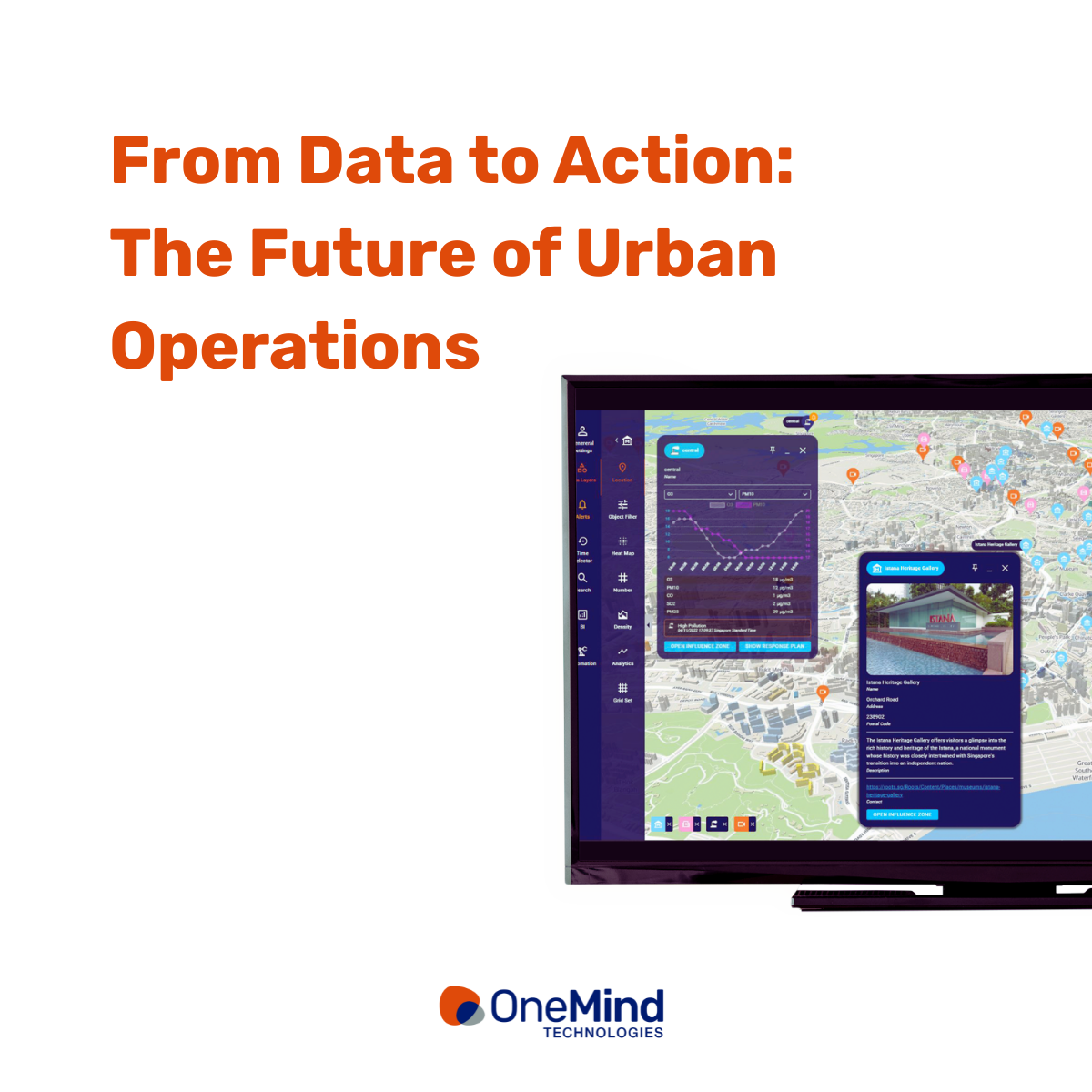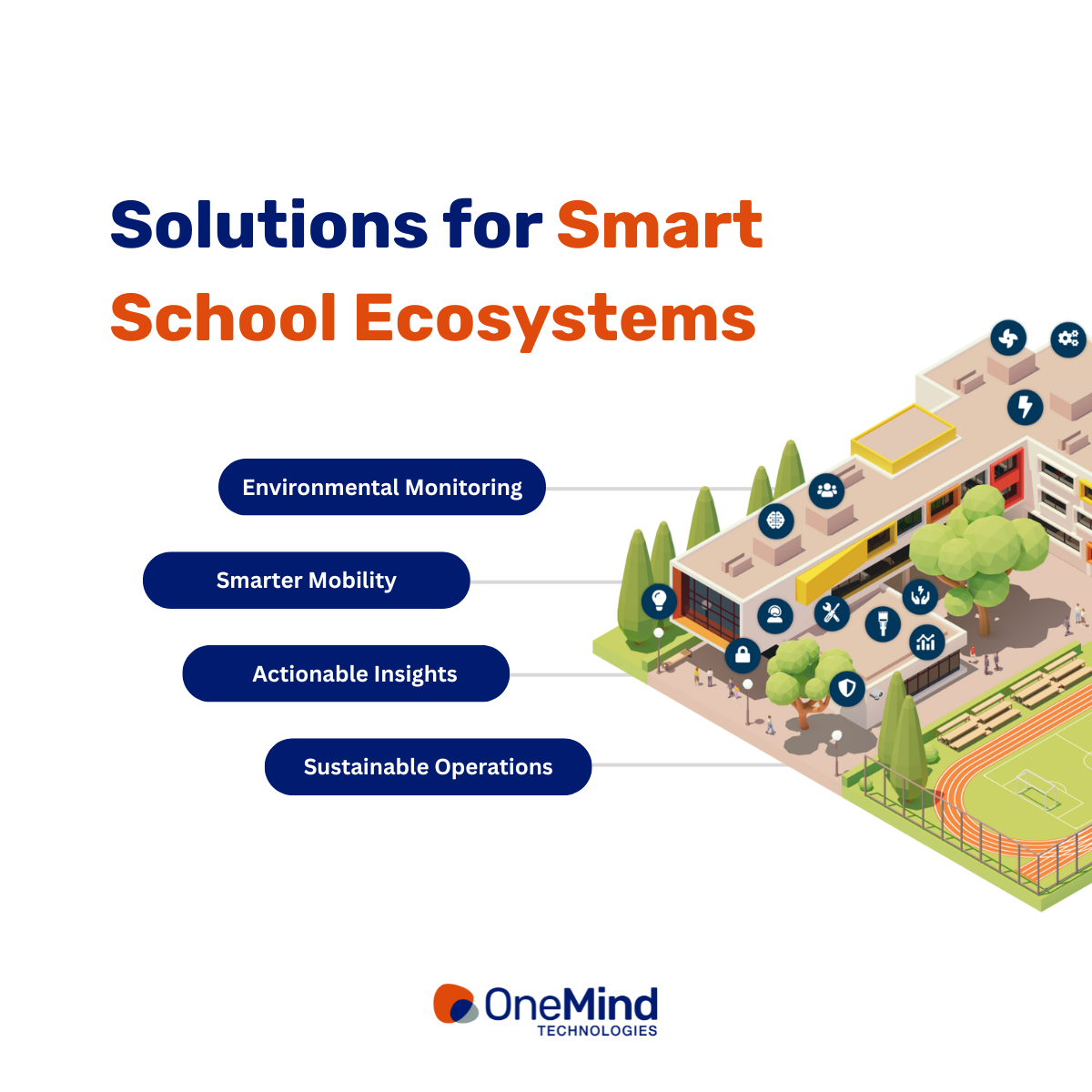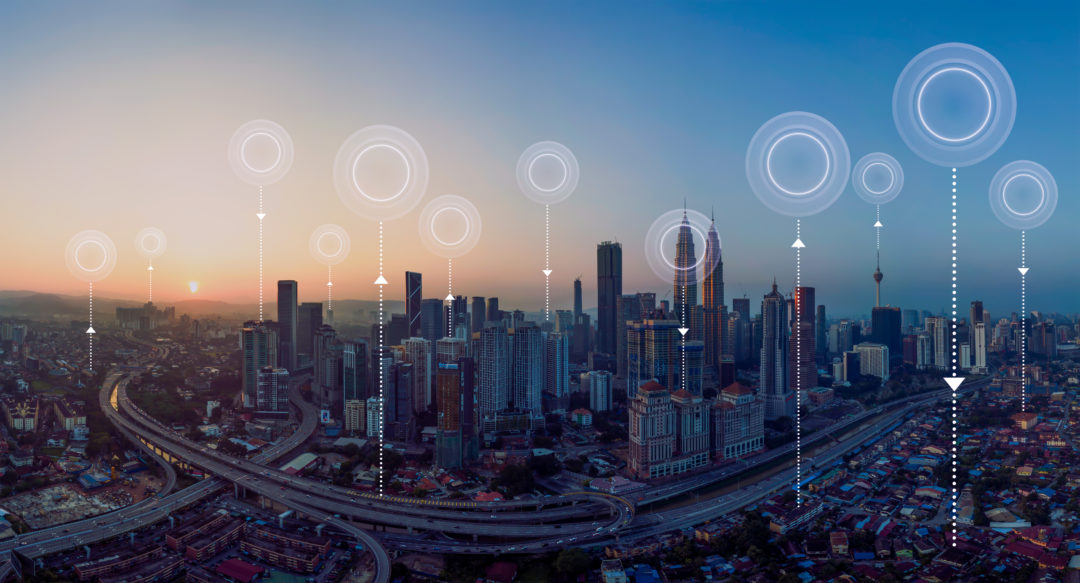Transport and highway operators, particularly those in the private sector overseeing tolled roads, have a lot on their plate. Keeping traffic moving and customers happy is no easy task. Although transport and highway operators cannot totally control the occurrence of road accidents – they cannot ensure everyone is a good driver. For example, their job is to ensure that both new and, notably, aging infrastructure is sufficiently monitored and maintained so as to prevent any potential risk to both assets and people. This requires a detailed understanding of the number, type, and weight of the vehicles using their core assets (roads, tunnels, and/or bridges). With design-build highway projects and warranties on performance becoming more and more popular, accurate measurement of vehicular movement is also required. This helps to find out if the roadway has met or exceeded the original design requirements.
Moreover, although in only 2 – 3% of accidents the principal contributory factor was the road environment. Transport and highway operators are more and more at risk of being targeted for financial recompense claims by injured road-users. This means that they increasingly need proof that their roads are not the principal cause of the accidents that occur on them.
In order to keep customers happy, and cover their own backs, transport and highway operators need predictability and knowledge. Something that up until recently was difficult to access. With manual monitoring of highways and routes, operators in this sector have long been unable to predict future incidents or plan for potential jams; meaning that an incident can cause mayhem when it occurs.
In this article, we are going to look at some of the issues that highway operators face. And then, we will explore how IoT technologies can help to solve them.
What are highway operators’ main pain points?
1. Revenue collection
Transport and highway operators often use tolling to generate more income. Generally, their owners are private equity companies or infrastructure funds. So there is a high pressure to perform financially in order to keep profits up and satisfy the expectations of stakeholders. This puts effective revenue collection at the heart of their operations. An effective tolling system requires a lot of hardware and software and must be constantly maintained and monitored. Some older systems also require human intervention, for example, human cashiers, which can significantly push up operational costs.
Finding the most efficient and low-maintenance way to implement tolling systems can therefore be both difficult and expensive.
2. Asset availability
In the Intelligent Transport System (ITS) industry, real-time visibility over operations is essential. Without this, incidents can unexpectedly happen and make assets unavailable for lengthy periods of time. Asset availability is key in this sector since the asset at hand – the roads – are both the product and the service on offer. If they become unavailable, highway operators are left with highly aggravated customers and high costs in incident-management and liability payments. In effect, their entire business in these cases is on hold. Moreover, a nation’s roads are essential to its economy.
The Bureau of Economic Analysis of the U.S. Department of Commerce values the continent’s road system at close to $3 trillion; with 75 percent of goods being transported on roads by truck, and 93 percent of workers using roads for their daily commute.
When roads become unavailable, there is a massive negative impact not only on transport and highway operators’ budgets but also on the entire national economy.
3. Operational costs
Operational costs includes various tasks such as:
- Reducing the cost of toll collection ;
- Knowing when and where accidents happen;
- Reducing the manpower needed to monitor and maintain the roads or toll systems;
- Ensuring that "golden assets" like bridges and tunnels don't fail, as this results in high operational costs;
- Responding to incidents: the ability to solve incidents quickly is crucial in the sector. For example, estimation say that motorway closures cost the UK economy alone around £1 billion each year.
Many operational costs can be significantly reduced by ensuring that the highway system is well-monitored and maintained.
4. Incident Management
As mentioned in the introduction, without some kind of real-time, wireless monitoring system, highway operators find it very difficult to predict and/or prevent potential incidents on their roads; whether this is a car accident or a crack in the road. This is a significant problem! Incidents leave customers unhappy (due to asset unavailability, long queues etc.) and sometimes even put them in danger.
Incidents also massively increase operational costs. “Fixing” a road after incidents occur is a particularly high operational cost in this sector. This is especially true during the winter or extreme weather incidents when bad conditions mean extra road maintenance.
Liability payments can also be the cause for the increase of operational costs. Transport and highway operators, therefore, need a real-time monitoring system not only to prevent incidents, and thereby prevent liability claims, but also to prove that their asset (whether a road, tunnel, or bridge) was not the principal factor in causing any road accidents that occur. The long-term data collected through road-monitoring systems allow for this quantitative proof.
Without any way to consistently monitor and measure the state of the roads, highway operators risk two things. Firstly, and most importantly, they are putting their customers at greater risk. But they also risk decreasing their margins as maintenance and liability costs increase.
5. Congestion
Congestion is probably customers’ number one bugbear on highways. Traffic jams not only produce disgruntled drivers but also cost highway operators money; as fewer people use their roads after hearing about or experiencing traffic due to them taking an alternative route. If congestion becomes a long-term issue on a highway, people may consistently avoid it. They will choose a different route or even switch to another, more convenient form of transportation.
Different factors increase the risk of traffic jams. Among them: poor toll station management, inadequate parking space availability, and traffic incidents or accidents… However, implementing a consistent, overarching monitoring system of the roads can help transport and highway operators to take measures to reduce congestion before it happens.
How can ITS operators alleviate these pain points?
There are a variety of different ways that transport and highway operators can alleviate some of the above pain points. One of the most effective emerging solutions lies in new technologies, notably in IoT operational intelligence (OI) solutions. The latter turns real-time traffic and asset data into actionable results, through connecting sensor-based data, systems, and people to generate instant, geo-located insights, and recommendations.
This kind of technology allows transport and highway operators to save both time and money through various optimized levers.
Monitor road capacity and travel time
This can be done through sensors placed on the roads and on critical assets such as bridges and tunnels, which transmit data back to a central gateway through low-range, low-power networks. Then, the OI solution analyzes the data in order to produce actionable insights and recommendations for future steps. Overall, this kind of constant, real-time monitoring system increases asset availability, as vehicular movement and road saturation are continuously being monitored. This way, operators can plan ahead to avoid congestion arising.
Monitor critical infrastructures
Here we are talking about infrastructures such as bridges, roads, and tunnels, improving asset management. As above, a wireless transport monitoring OI solution means direct and constant communication between sensors with wireless nodes placed on critical assets and the operator’s central hub, where they are using the OI software to make evidence-based decisions. This allows for the real-time collection of data, and real-time responses to any deviations in the normal status of critical assets, if, for example, a crack appears in a road or a bridge appears to be moving. This way, operators can implement maintenance actions before any severe damage is done. Thus, they prevent incidents and ensure constant and immediate management of their assets over time.
Track assets more effectively
There are various ways for tracking assets:
- Real-time overviews / visibility of key assets and infrastructures
- Incident detection
- Detecting traffic flow interruptions
Aggregating incidents via, for example, Waze, Twitter, drivers’ apps, and operators’ own workforce apps, which allows drivers to be updated in real-time about incidents. In comparison to the manual tracking tools customarily used by agencies to carry out retro-plannings based on how previous incidents were managed, incident detection tools more effectively improve incident prediction and response-times, making overall operations more time- and cost-efficient.
Prepare business for the future
Very soon, critical mobile and static assets will be able to communicate with each other – for example, smart cars and trucks will communicate with smart bridges and tunnels. The need for technologies that will facilitate this connection will therefore only grow with time, and investing in the right solution now will place businesses ahead of the crowd regarding increasing asset connectivity.
Reduce and prevent congestion
Traffic jams are a real problem, but it is possible to reduce or even avoid them, in particular by:
- Knowing when and where congestionhappens
- Predicting problems in advance in order to plan accordingly for them
- Managing tolled roads more effectively in order to offer a better experience to drivers (reuce travel time, smoother, quieter, safer, etc.)
Maximize revenues
To reach this last point, the following points are the important ones to provide:
- A comprehensive overview of the cost of toll collection
- An overview of revenues and insights into if these revenues are being generated correctly
- An overview of asset availability in real-time
- The ability to see if assets have been damaged by third parties
- The ability to use dynamic pricing depending on demand (demand-response pricing)
- New ways to avoid high costs for managing claims and the capacity to reduce "red claims", for example, if someone damages their car due to a pothole, a rock hitting the windshield, or if the road marking are nor visible)
- Real-time operational KPI tracking
- Data which allows drivers, highway operators' main target group, to make evidence-based decisions about routes, etc.
Conclusion
For transport and highway operators, the main goal is to maximize revenues while simultaneously reducing costs, incidents, and asset unavailability.
This is not possible without the aid of new technologies – notably IoT.
Investing in IoT solutions thus offers transport and highway operators new ways to transform their operations in order to make them more cost and time-efficient, safer, and more financially profitable in the long-term. In order to really take advantage of the potential of IoT on their highways, these operators need to look for a solution that meets their specific operational requirements – notably the need to continuously manage incidents, for example, traffic incidents, which affect their fleet management. They, therefore, need to look for IoT providers that have solutions that target their specific pain points, reducing the cost of manpower (particularly for private-sector operators) and increasing overall operational efficiency. So if you’re a highway operator, don’t wait around: invest now and get ahead of the crowd.








